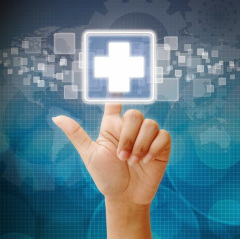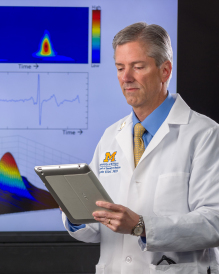 At this year’s annual HIMSS conference, a common topic of discussion was around how to continue to bring the technological and medical aspects of healthcare together to evolve, grow and support one another.
At this year’s annual HIMSS conference, a common topic of discussion was around how to continue to bring the technological and medical aspects of healthcare together to evolve, grow and support one another.
Each semester, I share with my Health IT students the many reasons that it is such an exciting time to be in healthcare. As we transition from a volume-based to a value-based incentive model, healthcare is going to look significantly different by 2020. This transformation is no longer a wish, it is no longer an option; it is our collective future. People who were previously one-foot-in and one-foot-out will be fully planted in the value-based healthcare model.


 Clinicians want two things from data. On an individual patient level, they need to be able to see the data whenever and wherever they want – in a clean at-a-glance format and with essentially zero lag time. And at a cohort (population) level, they want the data presented as meaningful information in a way that enables conclusions, decisions, and actions about a group of patients.
Clinicians want two things from data. On an individual patient level, they need to be able to see the data whenever and wherever they want – in a clean at-a-glance format and with essentially zero lag time. And at a cohort (population) level, they want the data presented as meaningful information in a way that enables conclusions, decisions, and actions about a group of patients.